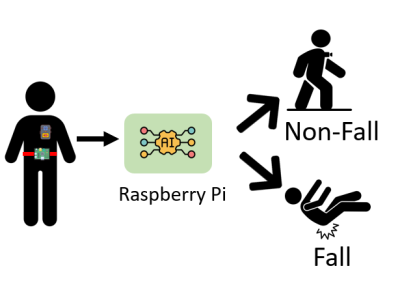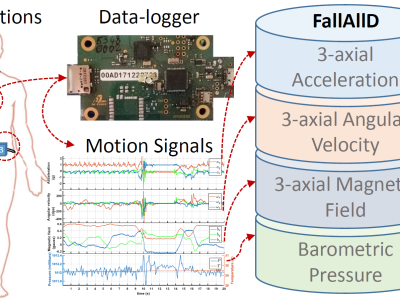
The CSV data files in the ZIP archive are analytical datasets extracted and processed from the RUG-EGO-FALL dataset, intended to support fall detection research using wearable first-person perspective devices. The data includes visual motion information for each video frame, calculated using the ORB (Oriented FAST and Rotated BRIEF) feature point algorithm in combination with the Lucas-Kanade optical flow method.
- Categories:




